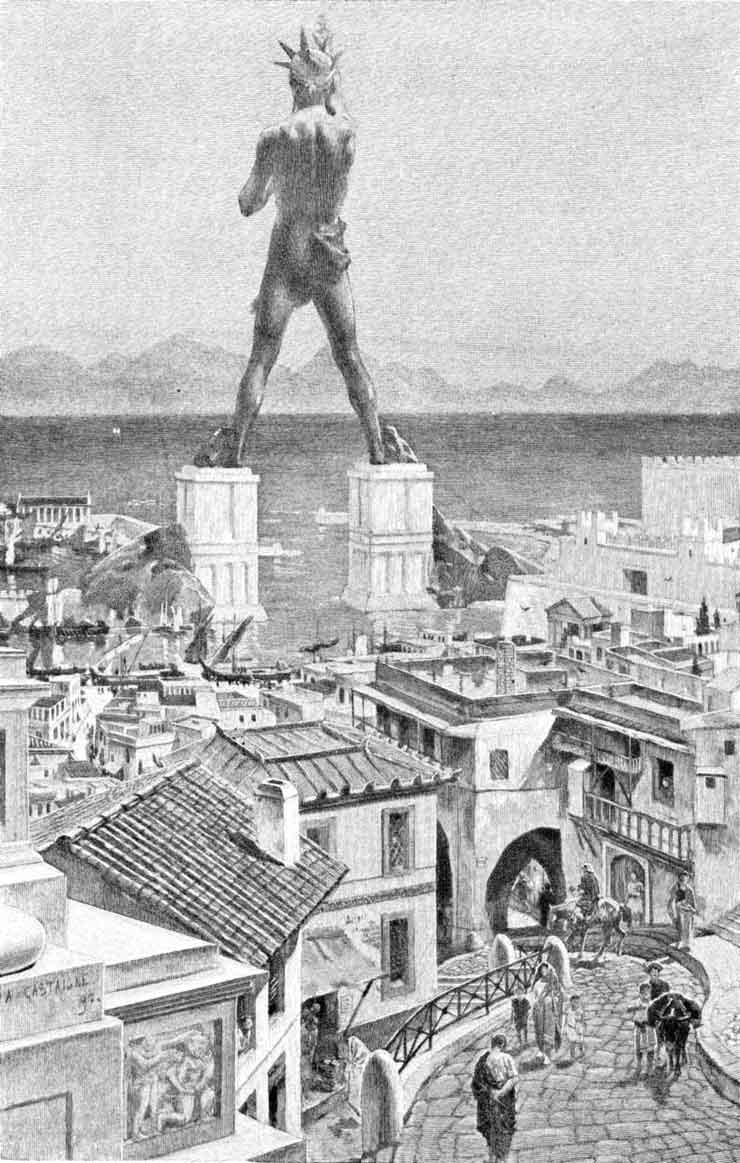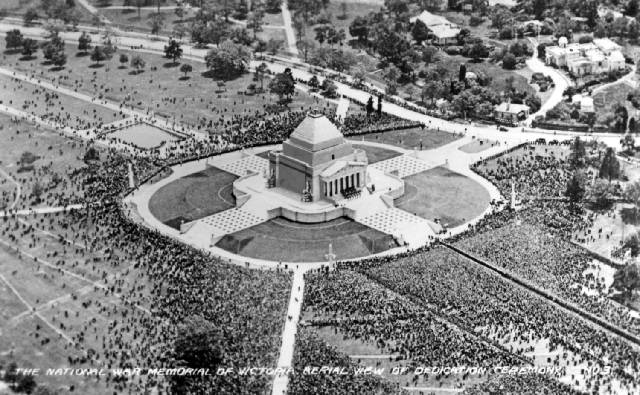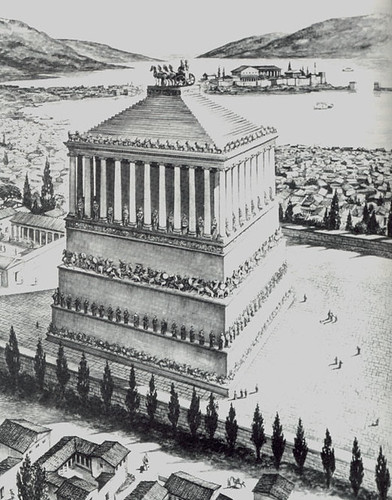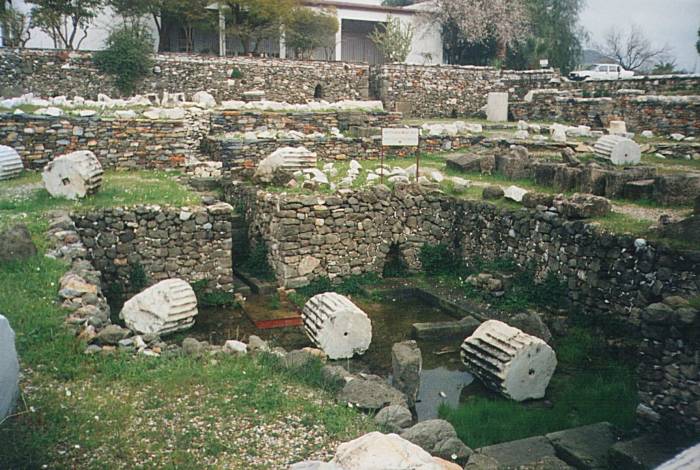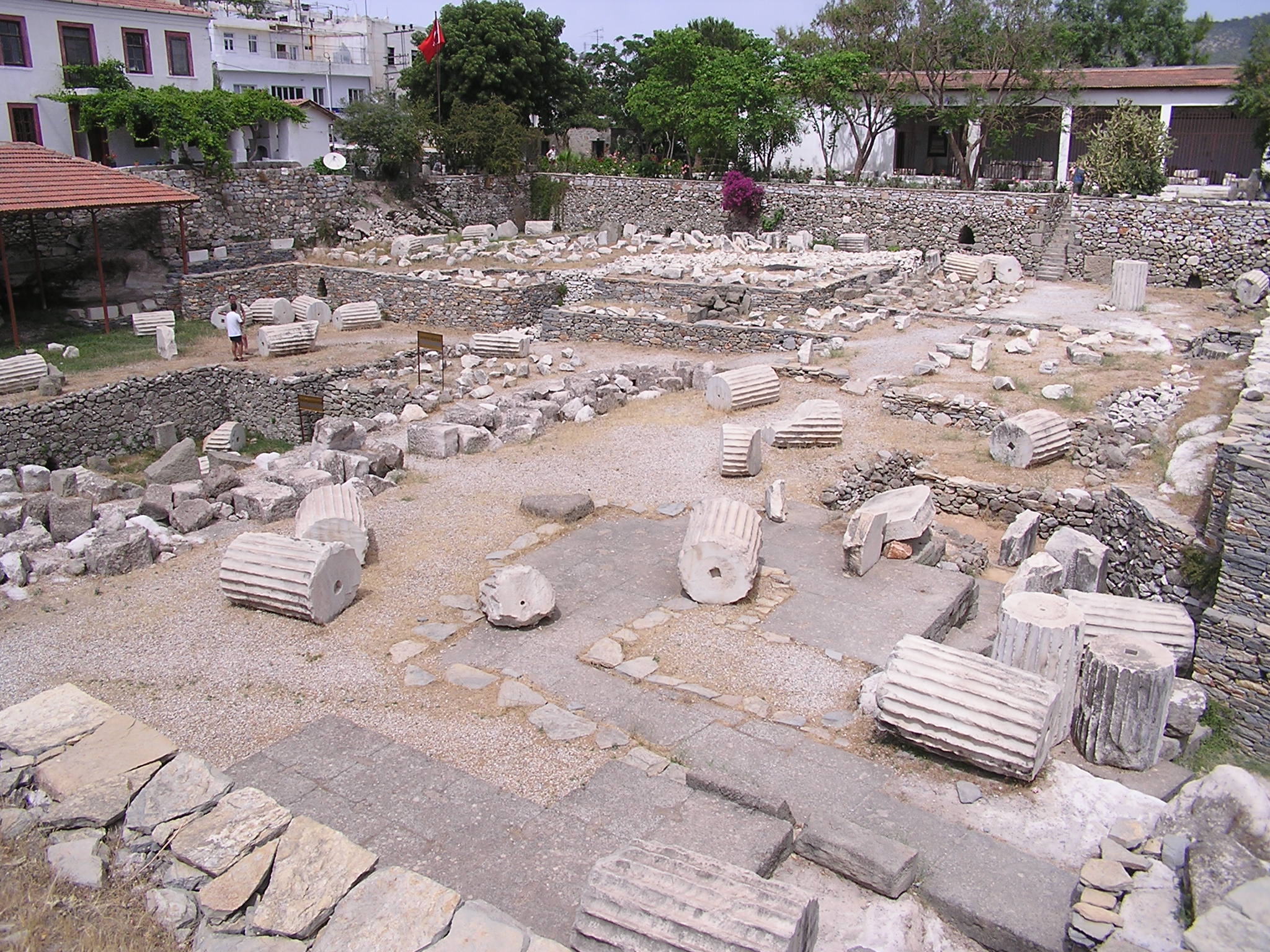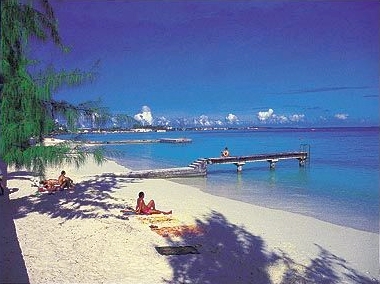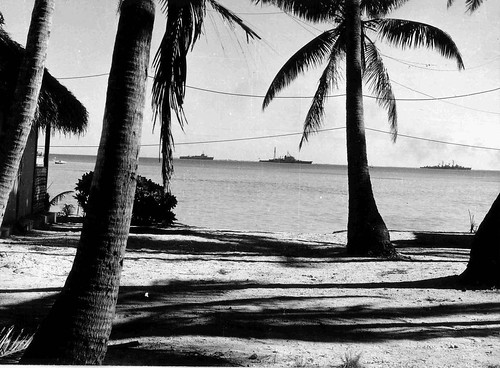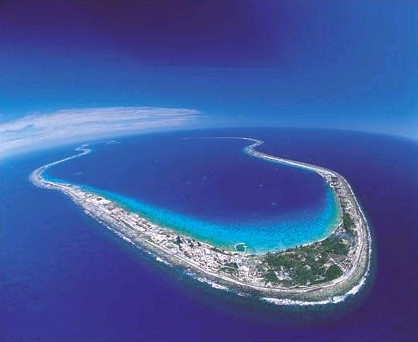The French Polynesian atolls, of Mururoa [21°52'S 138°55'W] and Fangataufa [22°14'S 138°45'W] (atolls of the Tuamutu) in the South are known as the Pacific Test Center. These sites were chosen by the French state for the different types of testing because of their relative isolation and geological characteristics. From the geographical point of view, Mururoa, the largest of the two atolls, with a perimeter of 60 kilometers, was 40 kilometers away from Fangataufa. These two Polynesian territories are part of France, although they are some 20 000 kilometres away from the metropolis. The test sites were created on 21st September 1962 and the Direction des Centres d'Experimentation Nucleaires (DIRCEN) was made responsible for organising and exploiting firings. Hao, 450 kilometres north-west of Mururoa, was chosen as advanced support base. Considerable modernisation work was carried out there for this purpose.
The first tests conducted at the Mururoa and Fangataufa sites were atmospheric. After 41 tests in the atmosphere, underground tests were started in June 1975. In all, 41 tests in the atmosphere and 134 tests in boreholes in the atolls (from the edge of the atolls or in the central zone) were conducted between 1960 and 1991 on Mururoa and Fangataufa. Added to those in the Sahara, France had thus conducted a total of 192 tests up to 1992.
On 8th April 1992, President Francois Mitterrand, through his Prime Minister, announced the suspension of French nuclear tests that year. Thus started the French moratorium on nuclear tests which was renewed several times, finally to be suspended by the new French President, Jacques Chirac, in 1995. On 13th June 1995, as President of the French Republic, Mr. Chirac announced the resumption of nuclear tests by France; this was to be a final series of eight tests between September 1995 and May 1996. The French President announced simultaneously that France would carry out a final campaign of nuclear testing in the Pacific and that it would sign a universal and verifiable Comprehensive Nuclear Test Ban Treaty (CTBT). The last French nuclear test took place on January 27, 1996.
In March 1996, France signed the protocols of the Rarotonga Treaty, establishing a nuclear-free zone in the South Pacific. By adhering to the Rarotonga Treaty, France definitively gave up using the CEP for its intended mission.
France did not await the signing of the CTBT to begin dismantling facilities specifically linked to nuclear experimentation. Substitute activities --both civilian and military--were sought. None were found to be viable, essentially because of the prohibitive cost of operations at the atolls due to their distance from Tahiti, their isolation in the middle of the Pacific and the absence of natural resources (fresh water in particular). It was therefore decided to return the atolls to their intitial wild state. Prior to the creation of the EP, Mururoa and Fangataufa were indeed completely uninhabited. Leaving equipment or buildings in place without a specific use would have been incompatible with properly ensuring the safety of the people on the sites. Indeed, the climatic conditions and salt air quickly lead to the deterioration of anything that is not maintained.
Following aerial experiments, the necessary restoration and decontamination work was carried out, placing all above-water sections of the atolls in compliance with public access standards. Access restrictions that may remain in place in certain areas are due solely to the dangers posed by possible poor weather conditions. After the end of underground tests, well heads were plugged, guaranteeing that the products of nuclear explosions would remain totally contained over the long-term. No restoration or decontamination was necessary following this type of test.
Depending on their nature, the materials and equipment used at the CEP met with different fates. At the CEP, the Atomic Energy Commission used equipment that was specific to the performance of tests. Barges and drilling equipment were sold to private companies after being checked for radiation; these will be used for prospecting in Australia. Measuring equipment, consisting of various instruments and computer systems, were returned to France. As for surveillance equipment, it wil be kept on site for use in long-term geological and radiological surveys. Military equipment rendered useless (ships, helicopters) was returned to the army, which was in charge of operating it for the CEP. All other conventional materials and equipment were evaluated according to how well they were preserved and how well they satisfied standards of use. Whatever was in need of repair or did not meet security standards or the standards of use defined by labor legislation was destroyed at the site.
Facilities that still satisfy a need may be reused, particularly in Hao; this is the case, for example with the freshwater production system. Indeed, the State has decided to maintain and even to strengthen its presence in Hao with the assignment there of the 5th Foreign Regiment, which will continue to carry out important work for Polynesia (landing strips, roads, etc.) Other facilities and equipment that have little residual value given the cost of transport and reassembly at a different site will be destroyed.
Very low-activity wastes consist of such items as tools used for boring to determine radiochemical measurements after nuclear tests. They are processed and placed in deep wells, comparable to those used for the tests. The waste is thus safely contained for the long term in a manner identical to that of residue from nuclear explosions.
The territorial deliberation of 1964 ceding the atolls of Mururoa and Fangataufa to France called for their return in the event of the cessation of activities by the CEP. However, the halt of nuclear tests does not mean the end of all activities on the sites in the immediate term, as surveillance of the atolls is necessary. Surveillance of the sites remains the responsibility of the defense forces, implying the presence of legionnaires and an ongoing military status for these atolls for the necessary duration.
Future geological surveillance of the atolls of Mururoa and Fangataufa will be carried out through an automated system (TELSITE) focusing essentially on Mururoa and involving periodic obeservation campaigns coupled with radiological surveillance campaigns. Ambient radioactivity in the air and water will also be monitored by an automated station. These continuous measures will be supplemented by annual campaigns which will take samples from the physical environment (air, soil, water, sediment) and the biological domain (plants, fish, plankton, shellfish). This surveillance program may be modified to take into account recommendations made by the international scientific mission under the aegis of the IAEA.


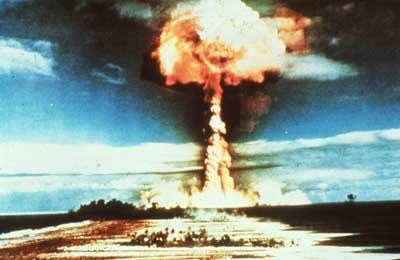


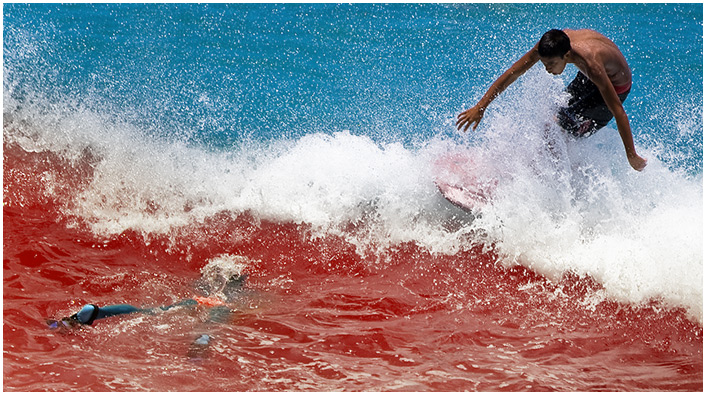


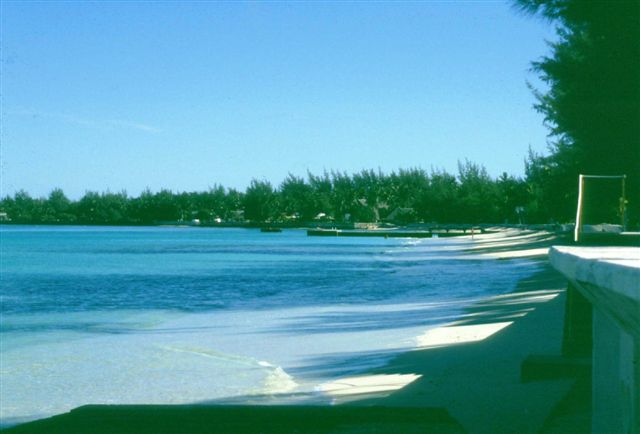


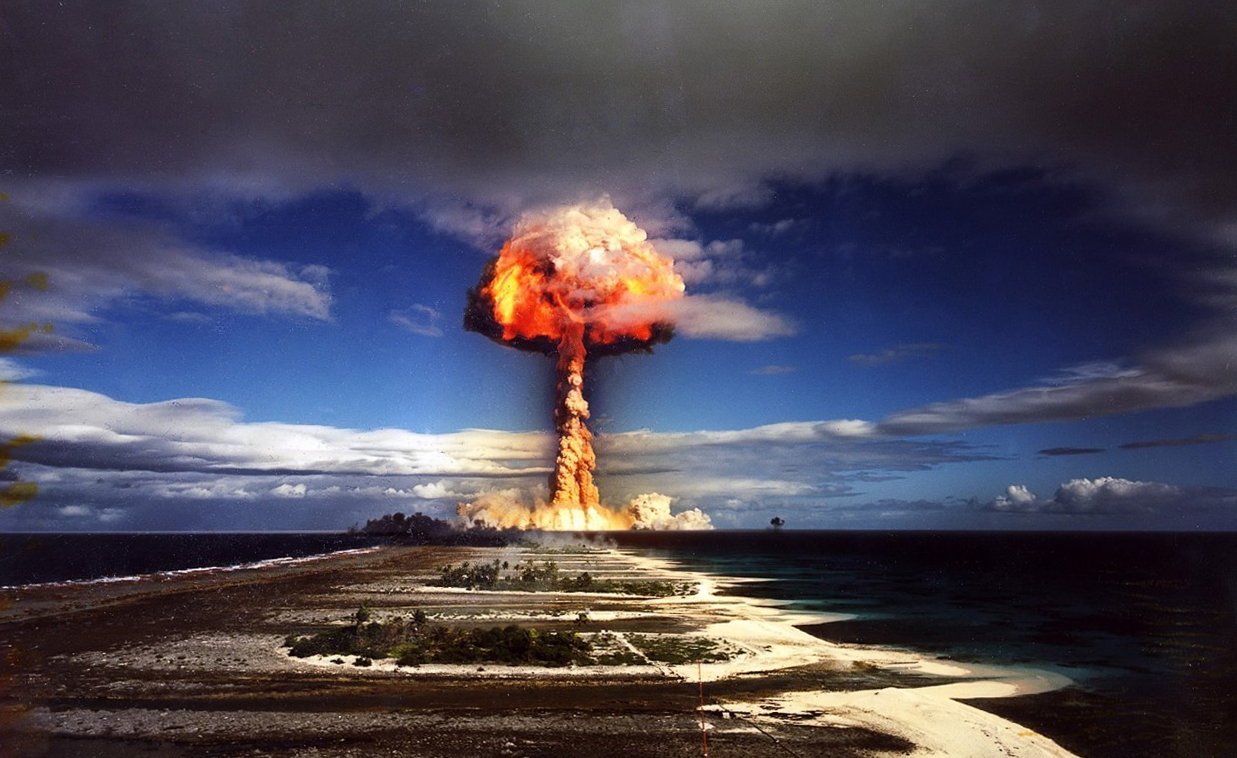








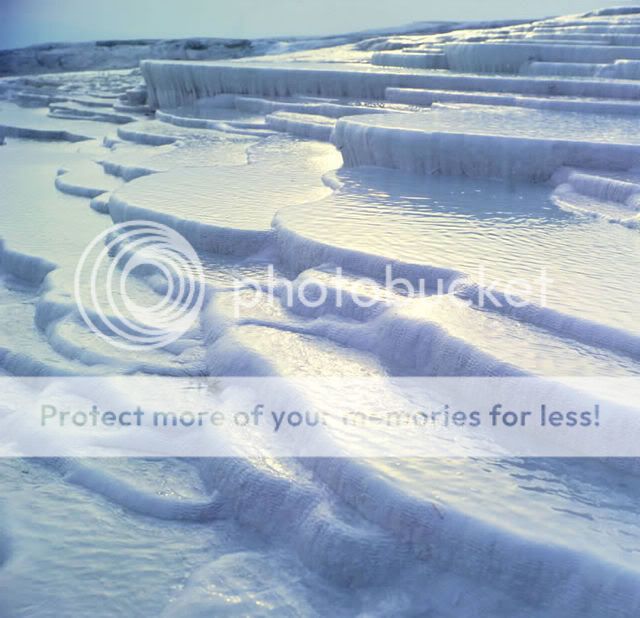


























 5:49 AM
5:49 AM
 crkota
crkota





